Dr. Toby Musgrave: ‘History Can Be Inspirational, It’s About Mixing The Old With The New’
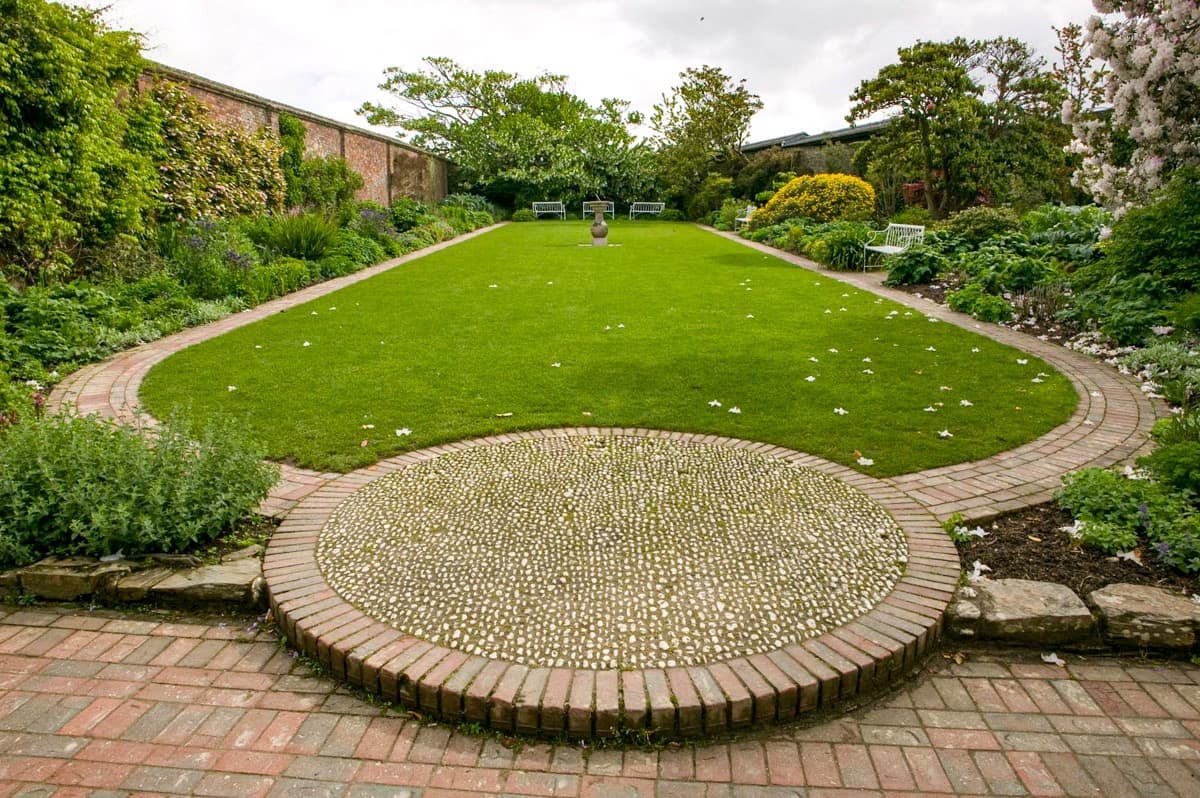
Contributions From DR. TOBY MUSGRAVE
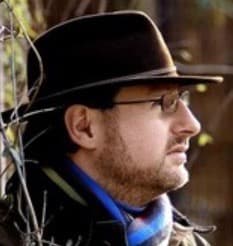
Dr. Toby Musgrave is an esteemed Garden Historian and Designer. An independent scholar since 1994 and an international authority in his field, Toby is the Author of many books, has lectured worldwide, appeared on television and radio and designed gardens in multiple countries. Currently residing in Denmark, he continues to share his extensive knowledge and passion for gardens while tending to the historic De Runde Haver.
Dr. Toby Musgrave has a passion for gardens and their history that sprouted in his early years and has flourished ever since.
An independent scholar since 1994, he has steadily become an international authority, sharing his extensive knowledge through books, lectures and media appearances.
In this exclusive interview, we delve into Toby’s career, exploring his journey, his works, and his thoughts on the current garden design landscape.
You can watch / listen to my full interview with Toby on YouTube:
Please note that the imagery used in this article has been provided with permission by Toby Musgrave and Alison Ryancarz.
Can you tell us a bit about yourself and how you developed an interest in horticulture and garden history?
“I think it was actually in the blood,” starts Toby.
“My maternal family have always been very keen and fantastic gardeners and some of my earliest memories were of growing seeds in my grandfather’s shed. On my paternal side, my father worked a lot as an Anthropologist in Greece.
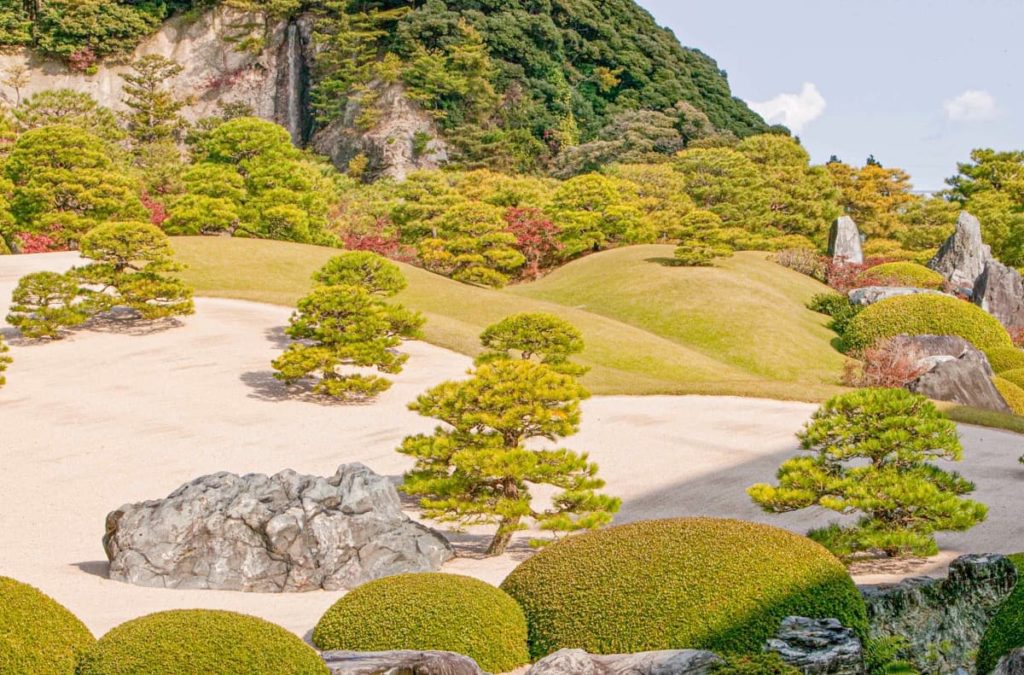
“When I went into higher education, I did a degree in horticulture for two years which was very, very scientific, and then for the final year, I got a chance to specialise so I went down the garden design route.
“As part of that, I did a module on garden history and found that my two loves collided. Then, I started teaching and got involved with the Warwickshire Gardens Trust.
“From there, I decided that garden history was really where I wanted to go, so I went back and did a PhD in garden history and then fell into freelance work after that.”
Over the years, you’ve written numerous books and articles on garden history. Which of your works are you most proud of and why?
“I don’t think there’s any, any sort of particular favourites, per se,” he shares.
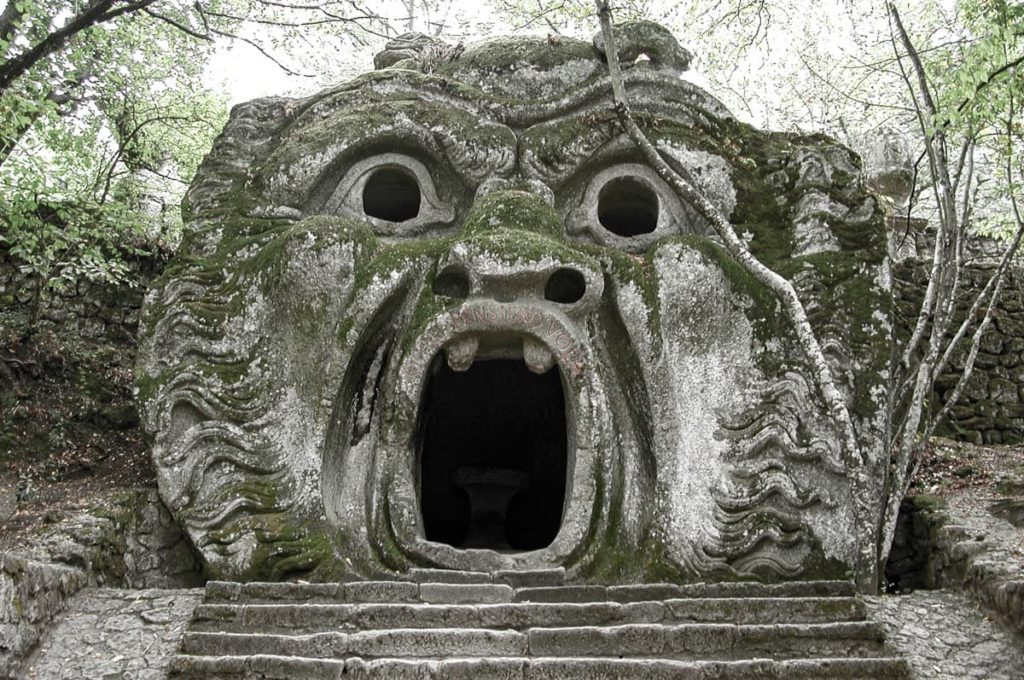
“Some of the ones I really enjoyed writing are also the ones which have people involved. One of the books I really enjoyed writing was actually about the Head Gardeners, because one of the things that struck me down the years – particularly with historic gardens – is that the people who did the work got overlooked, particularly in the 19th and early 20th century.
“That was a very interesting project to research. Uncovering the history of gardens can be very inspirational. You don’t have to just copy and paste from the past, but you can take old ideas and give them a very contemporary spin.
“It’s all about mixing the old with the new.”
In your opinion, how has garden design evolved over the centuries?
“One of the very positive things about garden design and garden making is that it’s very much for the individual now. There are no fashions you have to follow, which is very exciting.
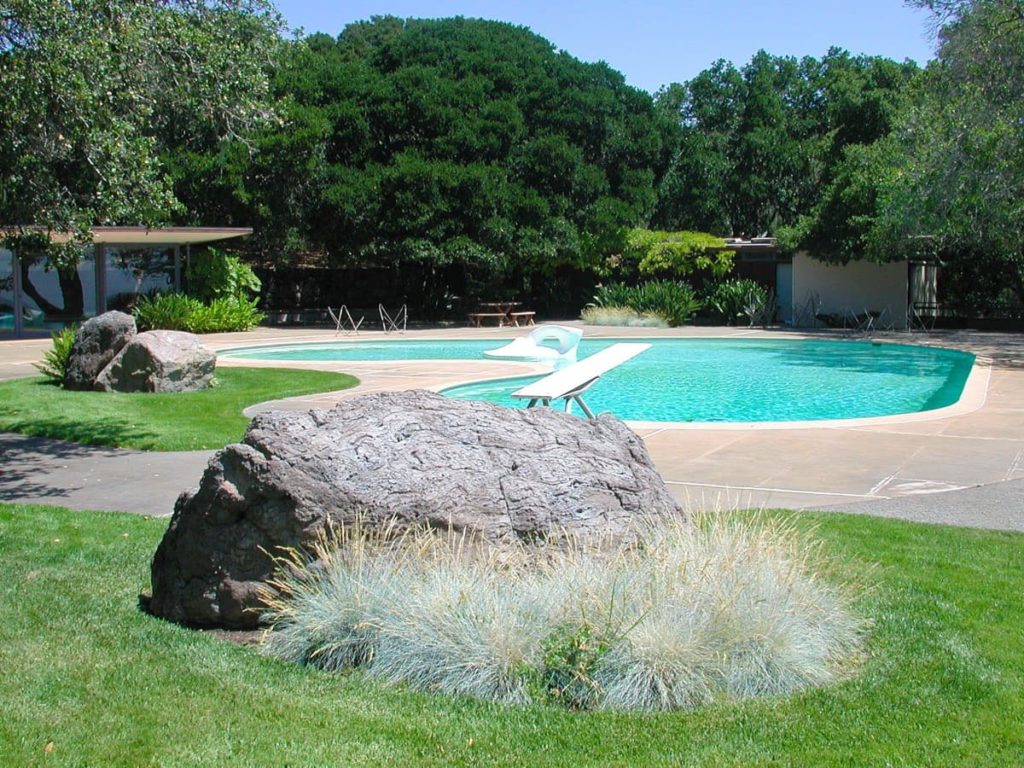
“We’ve never been in a position where we’ve had this huge diversity of materials and plants from which to choose from. It doesn’t matter what age you are, what gender you are, what religion you are or where you come from. A garden is just a garden and it’s about you and other people.
“From that point of view, I think gardens are very inspirational. We can look at garden styles that have changed around the world and between different cultures and all of that, but from a general perspective, I think the fact that gardening is for people these days makes it a much more homogeneous and inclusive pastime.”
What future developments in the field of horticulture and garden design are you most excited about at the moment?
“One of the things I’ve been interested in reading about recently is this idea that we need to feed more people around the world, especially with the constant issue of climate change and particularly with places becoming hotter and drier,” he shares.
“There’s an idea of going back and looking at some of the very early agricultural crops and then taking some of those and looking at the genetics of why those plants were so successful and maybe breeding those.
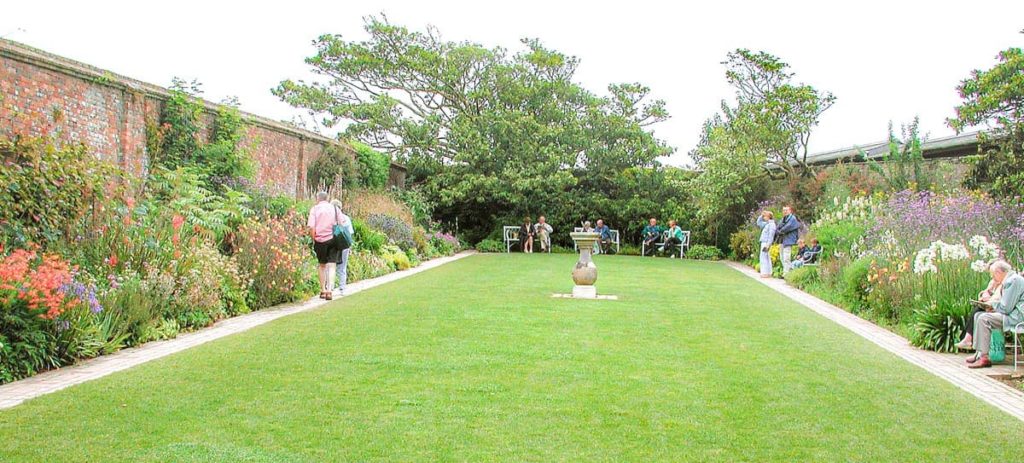
“I think in terms of garden design itself, one of the things I like to see is that idea of mixing a lot of new materials, such as hard landscaping, with planting. There’s just this ever-increasing range of funky materials.
“I think that the new ideas and technologies are something that could be applied to gardens.”
For someone looking to learn more about garden history and design, what resources or books would you recommend?
“There’s quite a good range of inspirational books that I’ve written with Phaidon,” shares Toby.
“Some examples include The Gardener’s Garden, The English Gardener’s Garden and Garden Elements and Styles. There’s a good mixture of history and inspiration in terms of the illustrations in those.

“When it comes to garden design, there [are] various books out there that provide a good introduction to the subject. In terms of websites, there’s one called gardenvisit.com, which is a great resource.
“There’s also lots of online courses. MyGardenSchool does a lot of very good courses if you’re looking to learn a little bit about garden history and gardening.”

